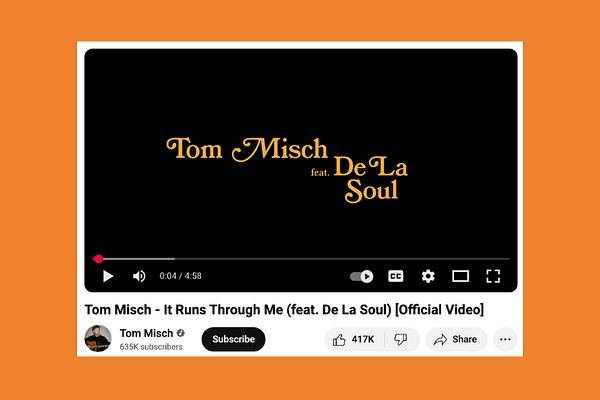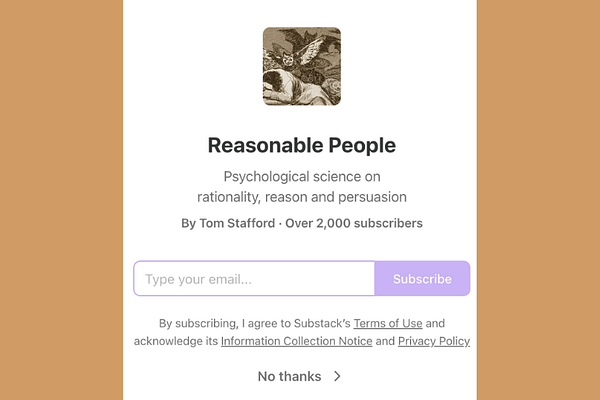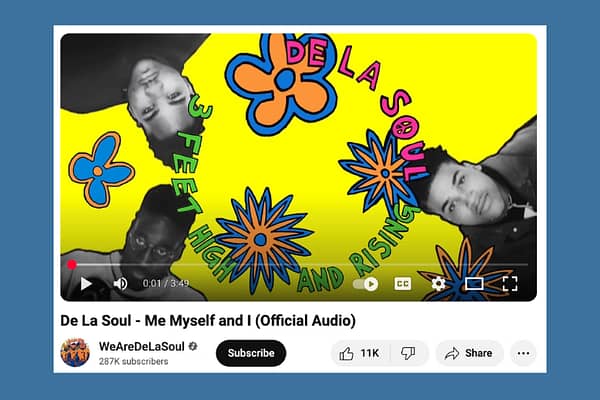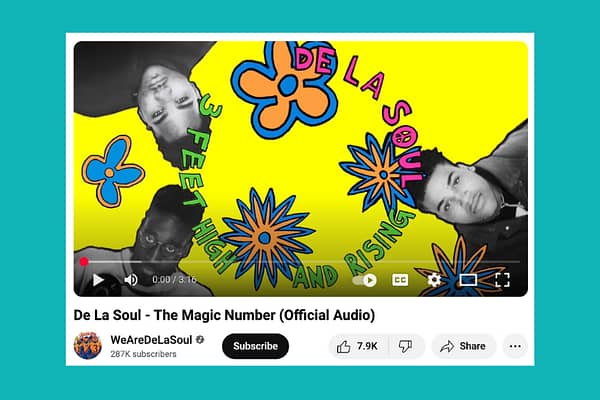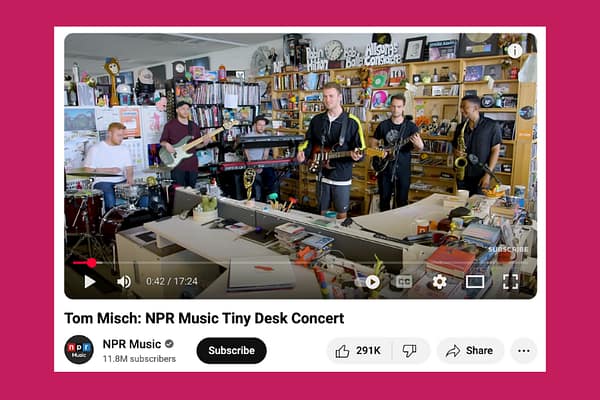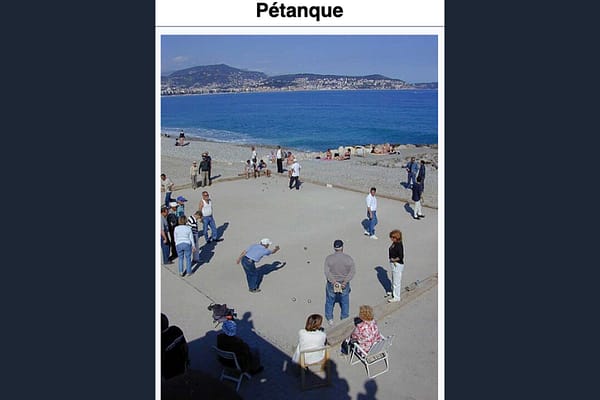Podcast (tihe_podcast):
Play in new window | Download | Transcript
Subscribe: Apple Podcasts | Spotify | RSS | How do I listen to a podcast?
Mike Caulfield shares about using AI as a co-reasoning partner and his Deep Background tool on episode 590 of the Teaching in Higher Ed podcast.
Quotes from the episode
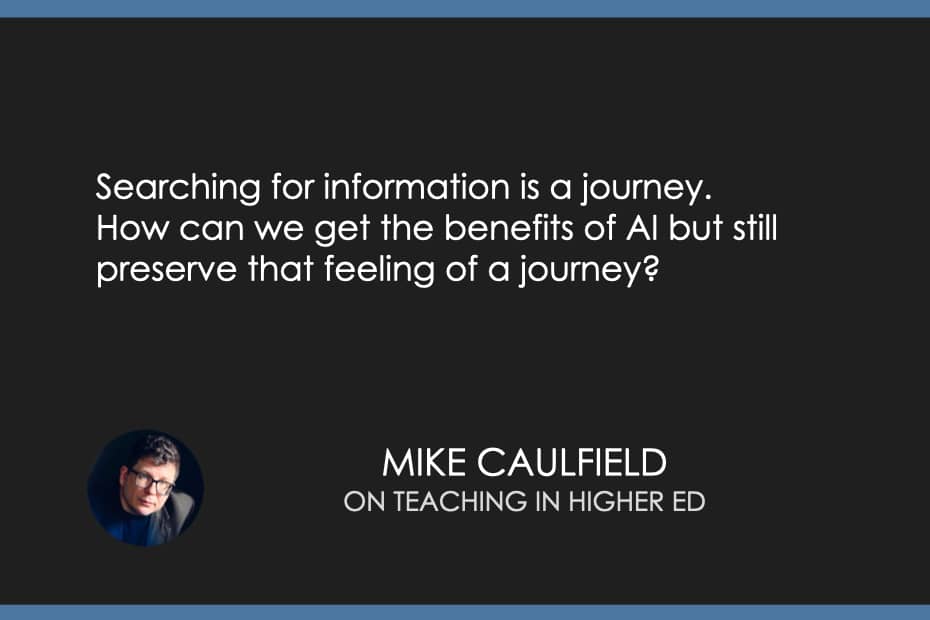
Critical thinking problems with students turn out to be critical doing problems.
-Mike Caulfield
AI doesn't naturally think in terms of provenance, in terms of how it got this piece of information. It's a little bit of a bolt on afterthought.
-Mike Caulfield
Searching for information is a journey. How can we get the benefits of AI but still preserve that feeling of a journey?
-Mike Caulfield
I’m working on this issue of follow ups with AI. It is magic to get students to think of these responses as not a single transaction. They're coaching the AI through a process, not to get a specific answer that they want, but to look at the sorts of sources that matter for the question.
-Mike Caulfield
